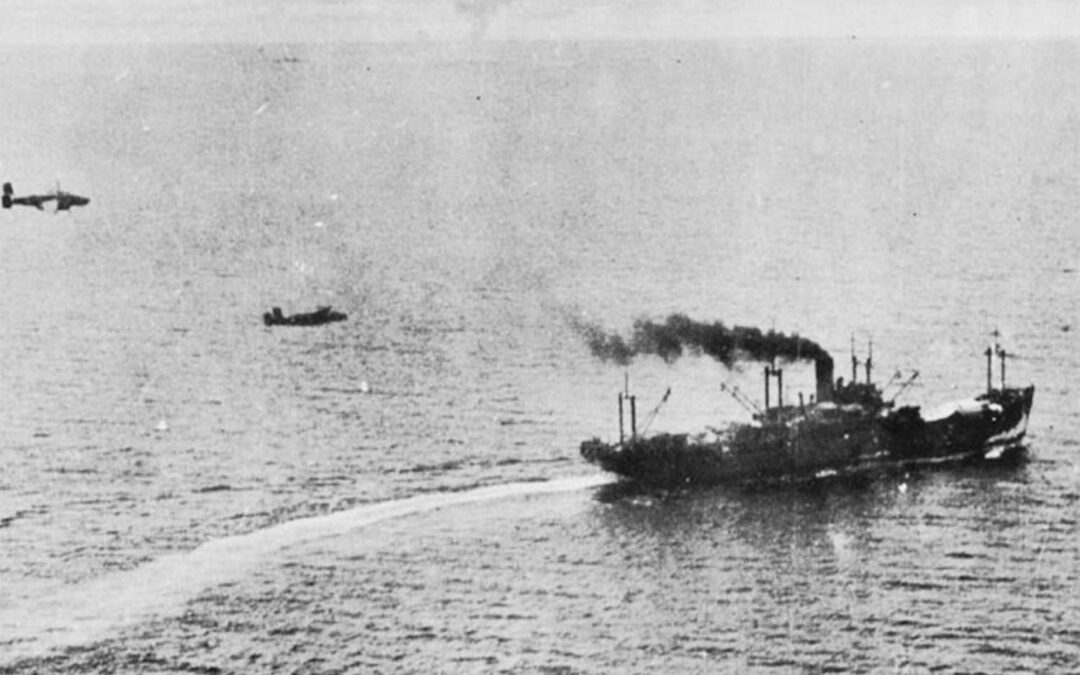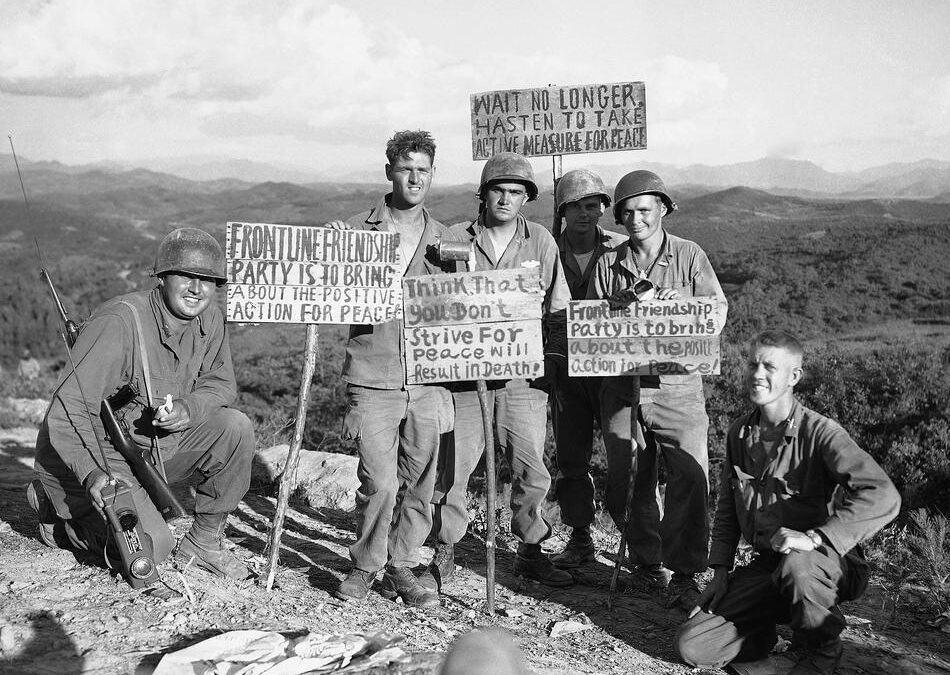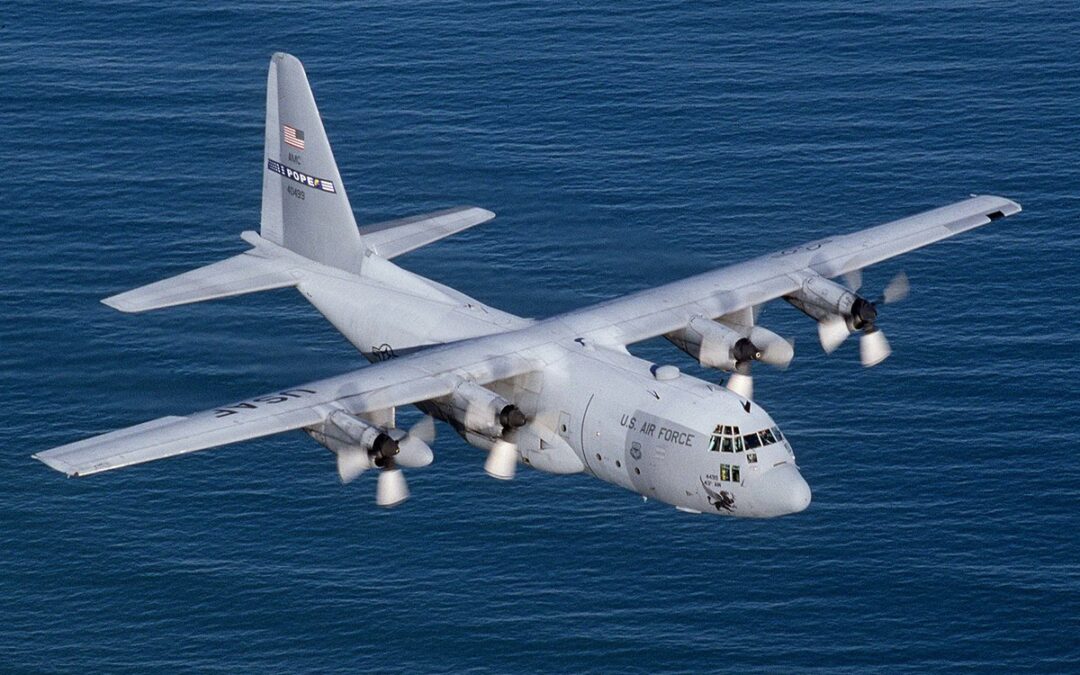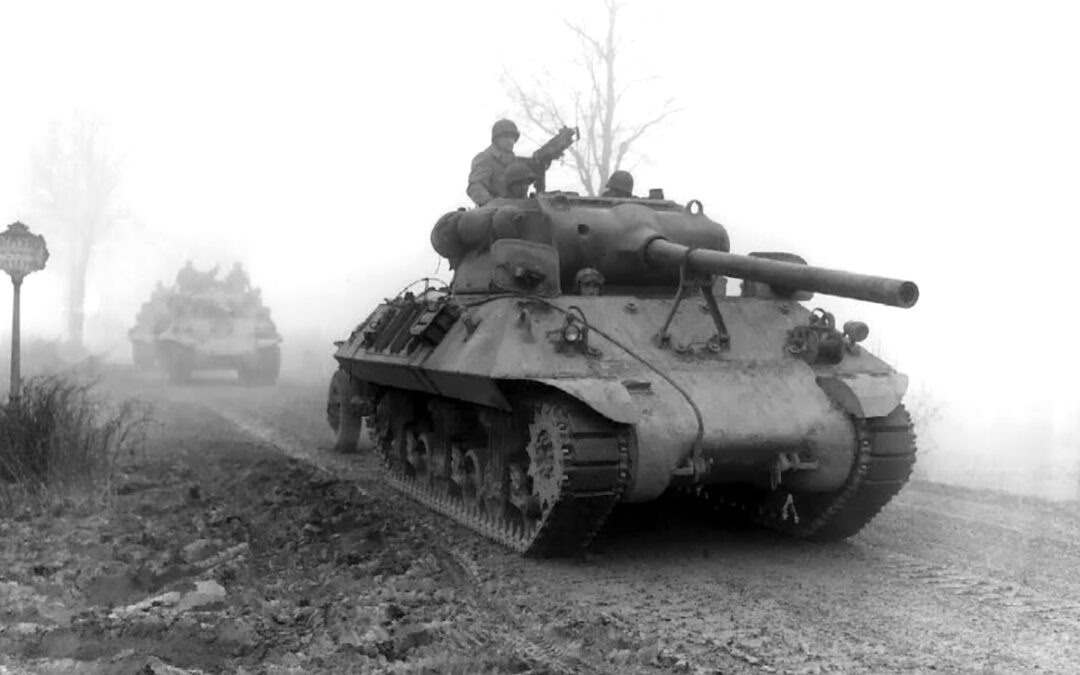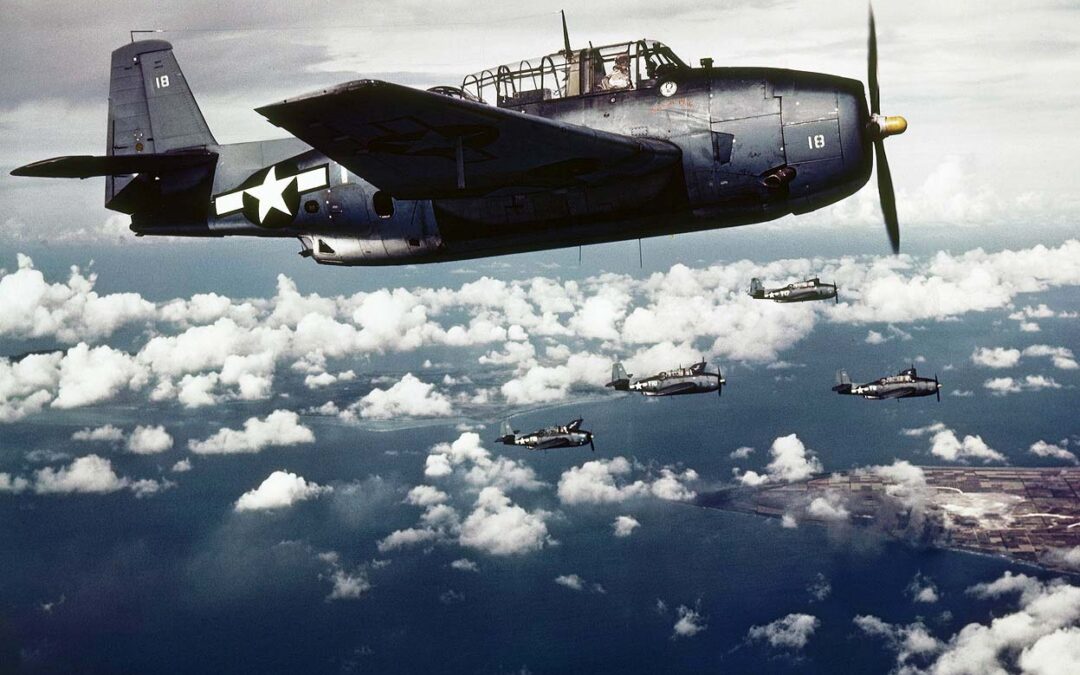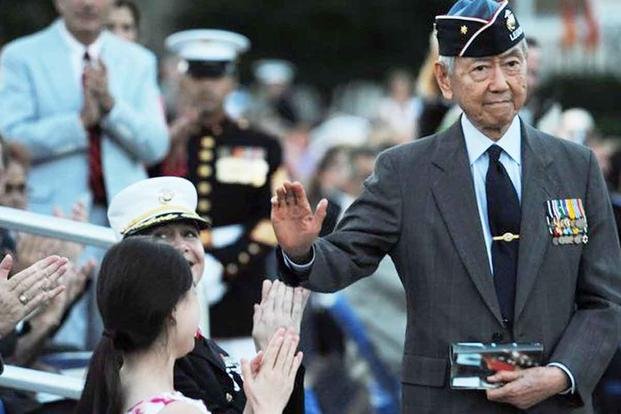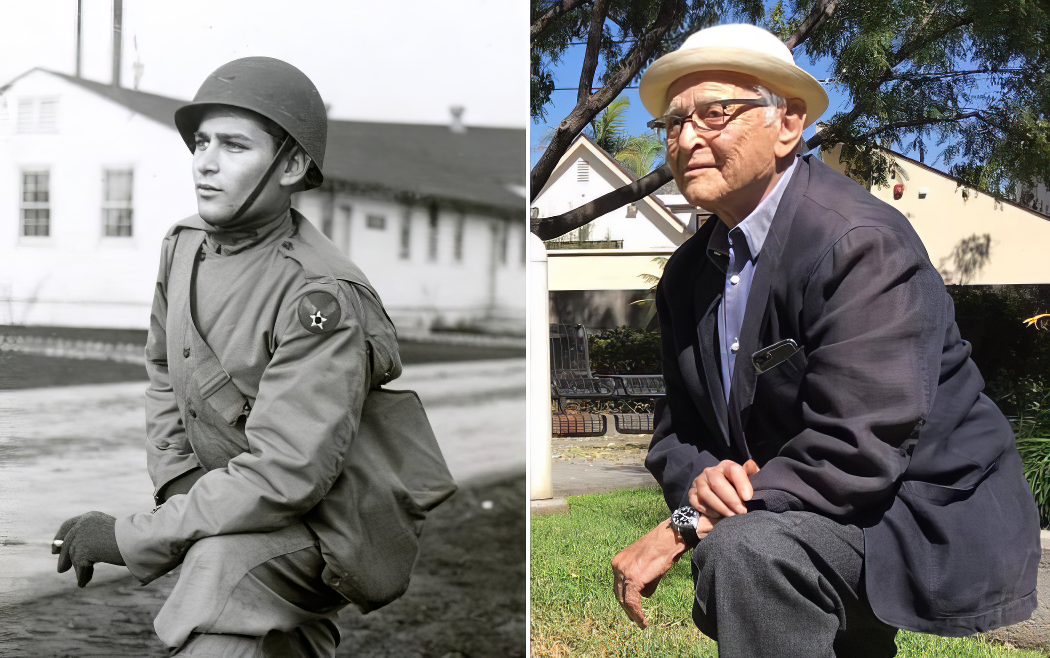As 1942 turned to 1943, a victorious end to World War II in the Pacific Theater was still far from assured for either side of the conflict. The Allies were celebrating a string of strategic victories over the course of the previous year. After the devastation of Pearl Harbor, the Americans scored a major victory against the Imperial Japanese Navy at the Battle of Midway in June 1942. A few months later, U.S. forces launched the Solomon Islands campaign, invading Guadalcanal and its strategic...
